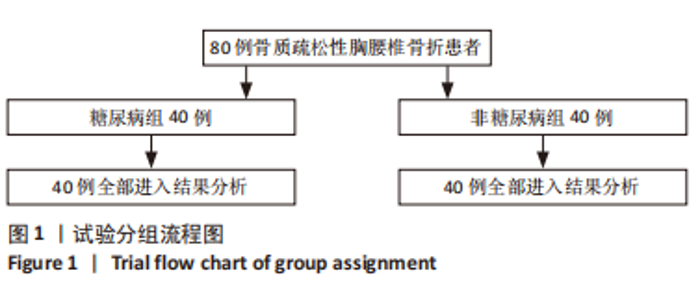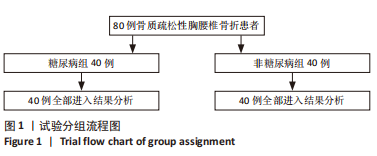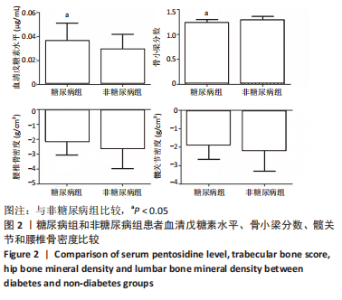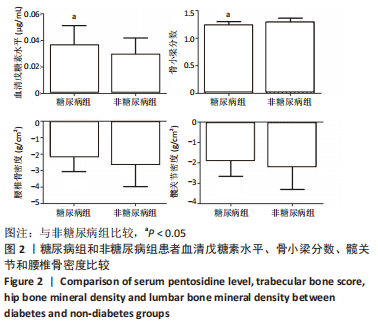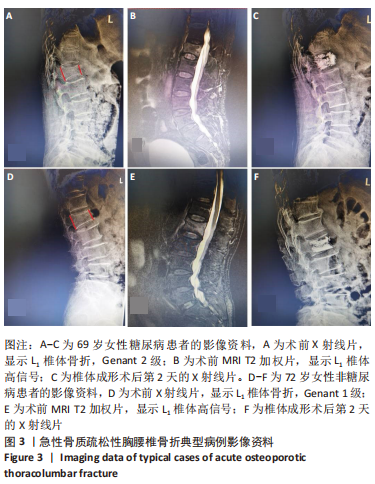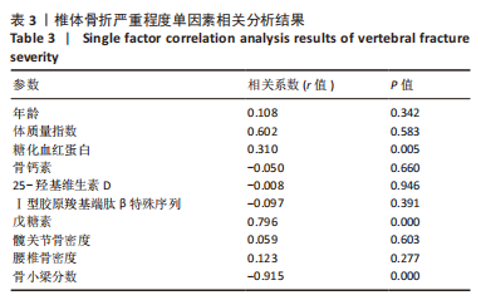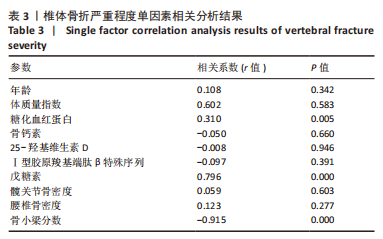| [1] |
Li Xiaomin, Tian Xiangdong, Tan Yetong, Zhu Guangyu, Wang Rongtian, Wang Jian, Xue Zhipeng, Ma Sheng, Hu Yuanyi, Huang Ye, Ding Tiansong.
Changes of lower limb force line and knee function after high tibial osteotomy in osteoporotic medial ventricular knee osteoarthritis
[J]. Chinese Journal of Tissue Engineering Research, 2023, 27(9): 1325-1329.
|
| [2] |
Wu Tianliang, Tao Xiuxia, Xu Hongguang.
Influence of different bone mineral densities on cage subsidence after stand-alone oblique lateral interbody fusion: three-dimensional finite element analysis
[J]. Chinese Journal of Tissue Engineering Research, 2023, 27(9): 1352-1358.
|
| [3] |
Jiang Xiaocheng, Shi Lu, Wang Yinbin, Li Qiujiang, Xi Chuangzhen, Ma Zefeng, Cai Lijun.
Systematical evaluation of bone fusion rate after interbody fusion in patients with osteoporosis and lumbar degenerative disease treated with teriparatide
[J]. Chinese Journal of Tissue Engineering Research, 2023, 27(9): 1427-1433.
|
| [4] |
Wang Ji, Zhang Min, Yang Zhongya, Zhang Long.
A review of physical activity intervention in type 2 diabetes mellitus with sarcopenia
[J]. Chinese Journal of Tissue Engineering Research, 2023, 27(8): 1272-1277.
|
| [5] |
Sun Jiajia, Zhu Haidi, Lu Yun, Zhang Kai.
Comparison of bone metabolism markers between type 2 diabetes mellitus and non-type 2 diabetes mellitus patients with hip fracture
[J]. Chinese Journal of Tissue Engineering Research, 2023, 27(8): 1156-1160.
|
| [6] |
Long Yanming, Xie Mengsheng, Huang Jiajie, Xue Wenli, Rong Hui, Li Xiaojie.
Casein kinase 2-interaction protein-1 regulates the osteogenic ability of bone marrow mesenchymal stem cells in osteoporosis rats
[J]. Chinese Journal of Tissue Engineering Research, 2023, 27(6): 878-882.
|
| [7] |
Zhang Min, Zhang Xiaoming, Liu Tongbin.
Application potential of naringin in bone tissue regeneration
[J]. Chinese Journal of Tissue Engineering Research, 2023, 27(5): 787-792.
|
| [8] |
Wang Jinling, Huang Xiarong, Qu Mengjian, Huang Fujin, Yin Lingwei, Zhong Peirui, Liu Jin, Sun Guanghua, Liao Yang, Zhou Jun.
Effects of exercise training on bone mass and bone microstructure in aged osteoporotic rats
[J]. Chinese Journal of Tissue Engineering Research, 2023, 27(5): 676-682.
|
| [9] |
Cheng Yunzhong, Liu Yuzeng, Hai Yong, Guan Li, Pan Aixing, Zhang Xinuo, Tao Luming, Li Yue.
Bibliometric and visual analysis of the research status and development trend of cortical bone trajectory screws
[J]. Chinese Journal of Tissue Engineering Research, 2023, 27(4): 513-519.
|
| [10] |
Liu Hao, Yang Hongsheng, Zeng Zhimou, Wang Liping, Yang Kunhai, Hu Yongrong, Qu Bo.
Lumbar MRI vertebral bone quality score to evaluate the severity of osteoporosis in postmenopausal women
[J]. Chinese Journal of Tissue Engineering Research, 2023, 27(4): 606-611.
|
| [11] |
Lu Zhaohua, Sun Tianze, Zhang Jing, Zhang Wentao, Yang Ming, Li Zhonghai.
Kyphoplasty via different approaches for osteoporotic vertebral compression fractures
[J]. Chinese Journal of Tissue Engineering Research, 2023, 27(36): 5834-5839.
|
| [12] |
Wu Minhui, Tang Changye, Dai Yuexing, Zheng Liqin, Li Zhihong, Li Shaobin, Lin Ziling.
Difference in mechanical properties of osteoporotic bone trabecular 3D models with different gray thresholds
[J]. Chinese Journal of Tissue Engineering Research, 2023, 27(36): 5766-5770.
|
| [13] |
Huang Haozhe, Zheng Min, Li Na, Sun Libo, Lan Yuyan, Liu Min.
Effects of naringin on healing of tooth extraction wound in osteoporotic rats
[J]. Chinese Journal of Tissue Engineering Research, 2023, 27(32): 5144-5149.
|
| [14] |
Maihemutijiang · Muhaimaiti, Maimaitishawutiaji · Maimaiti, Tang Junwei, Zhang Yuxin.
Has-miR-100-5p targeting zinc finger and BTB domain containing 7A is a potential target for postmenopausal osteoporosis
[J]. Chinese Journal of Tissue Engineering Research, 2023, 27(32): 5168-5172.
|
| [15] |
Mo Yaomin, Liu Pan, Ma Ruixin, Zeng Gaofeng, Zong Shaohui.
Mechanism of paroxetine on osteoclast differentiation
[J]. Chinese Journal of Tissue Engineering Research, 2023, 27(32): 5184-5190.
|
